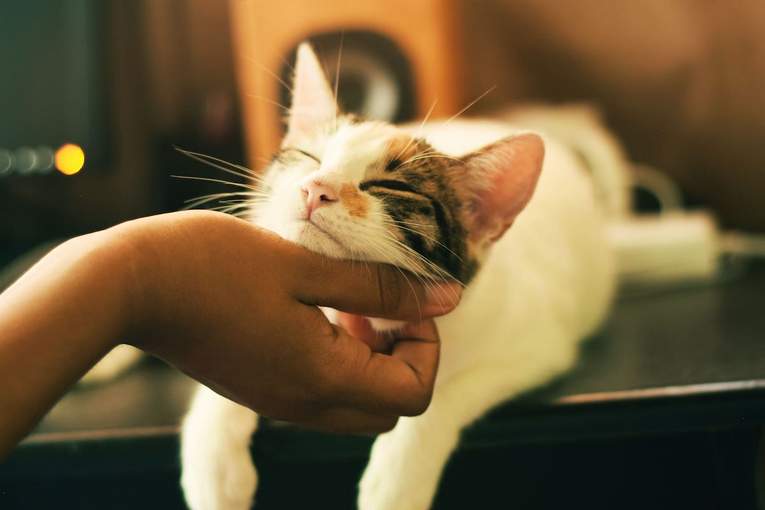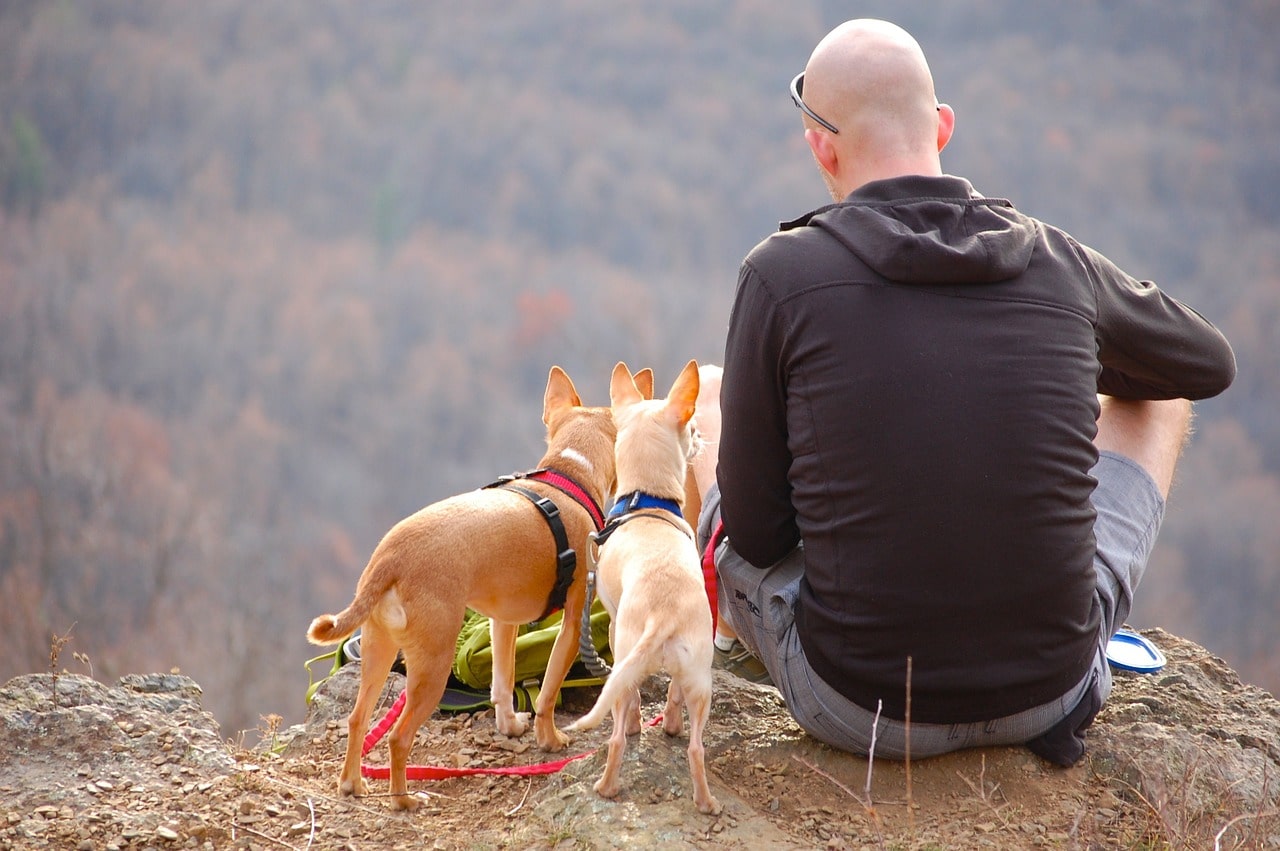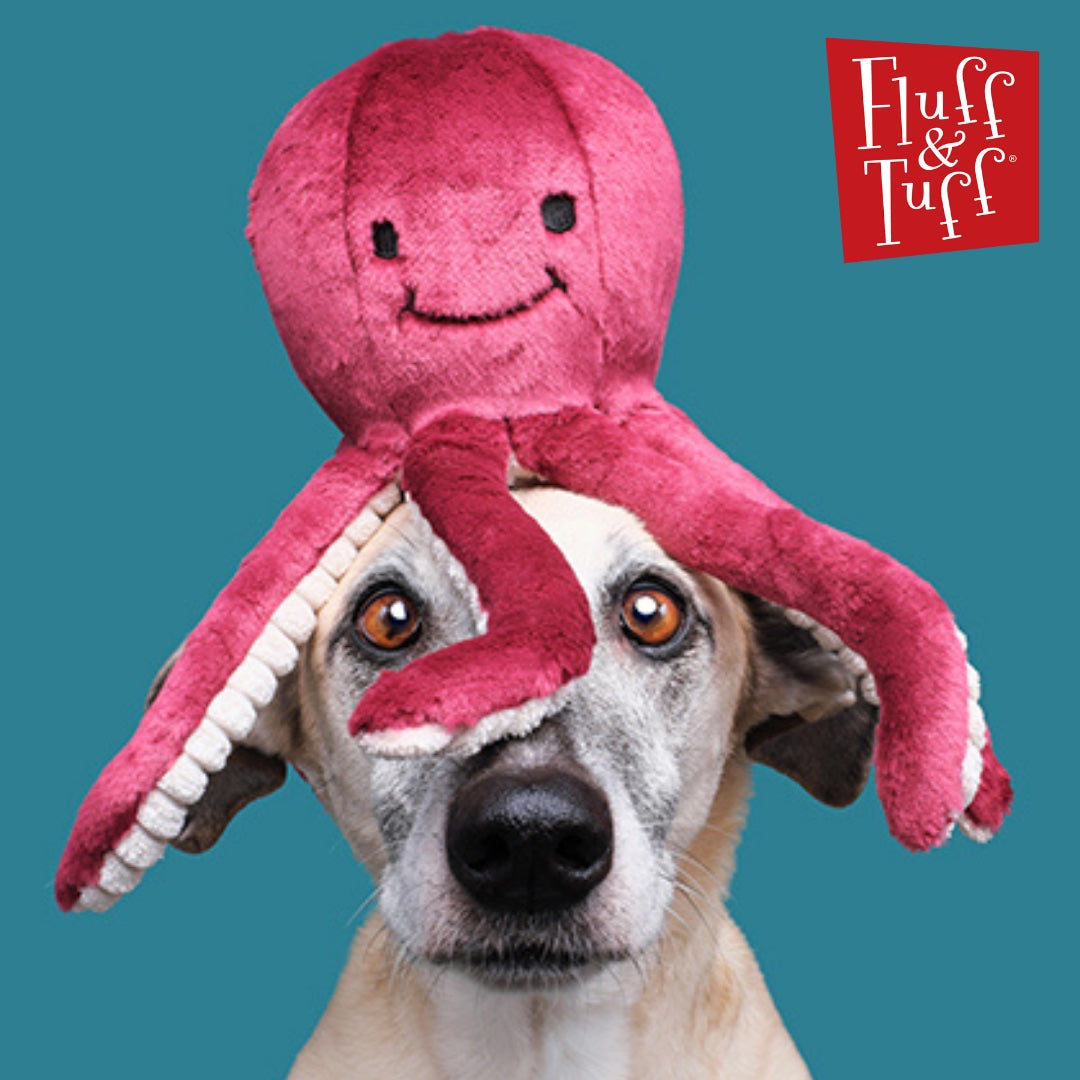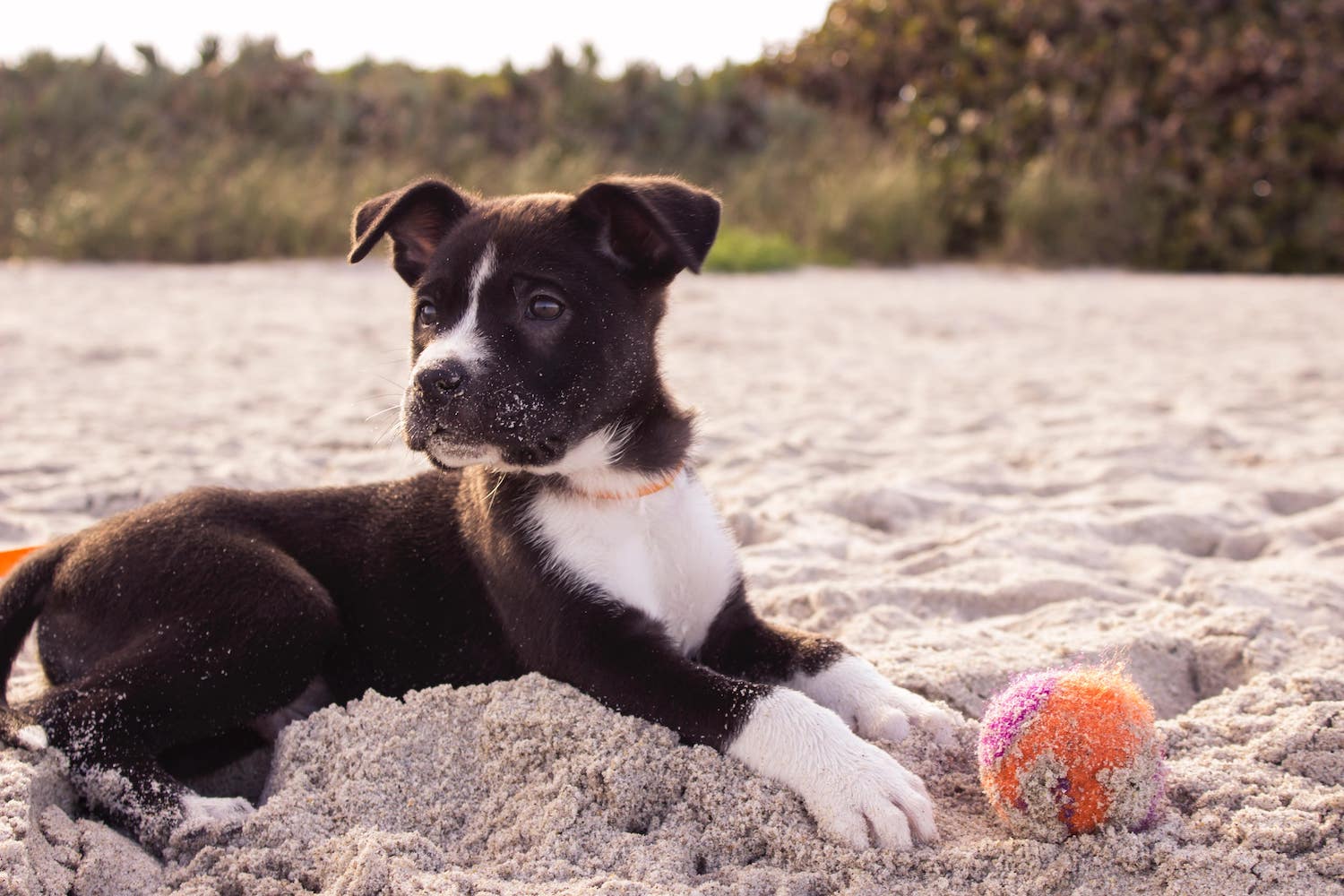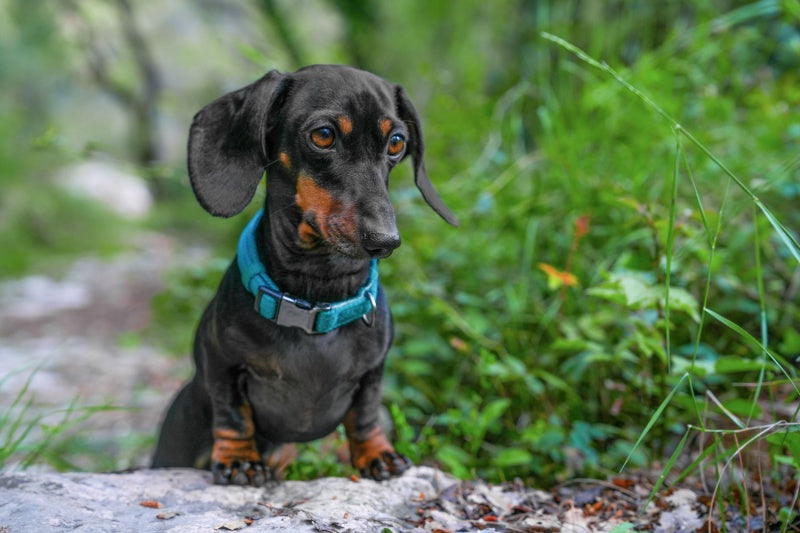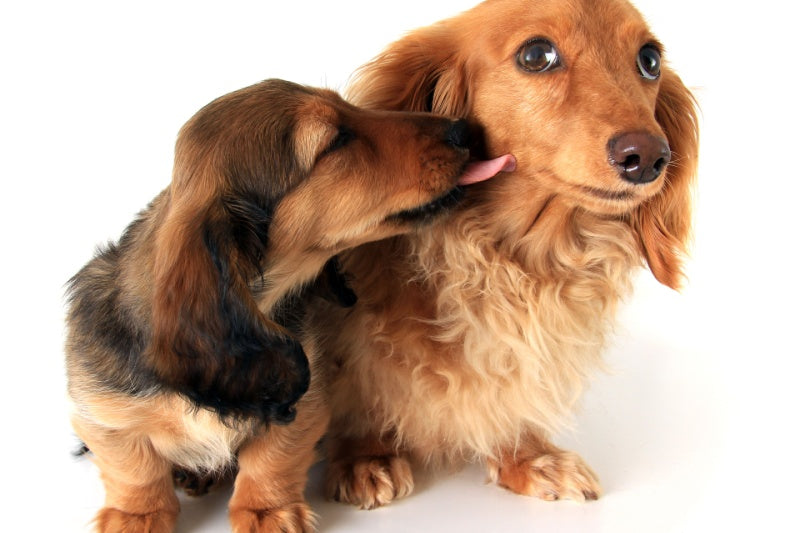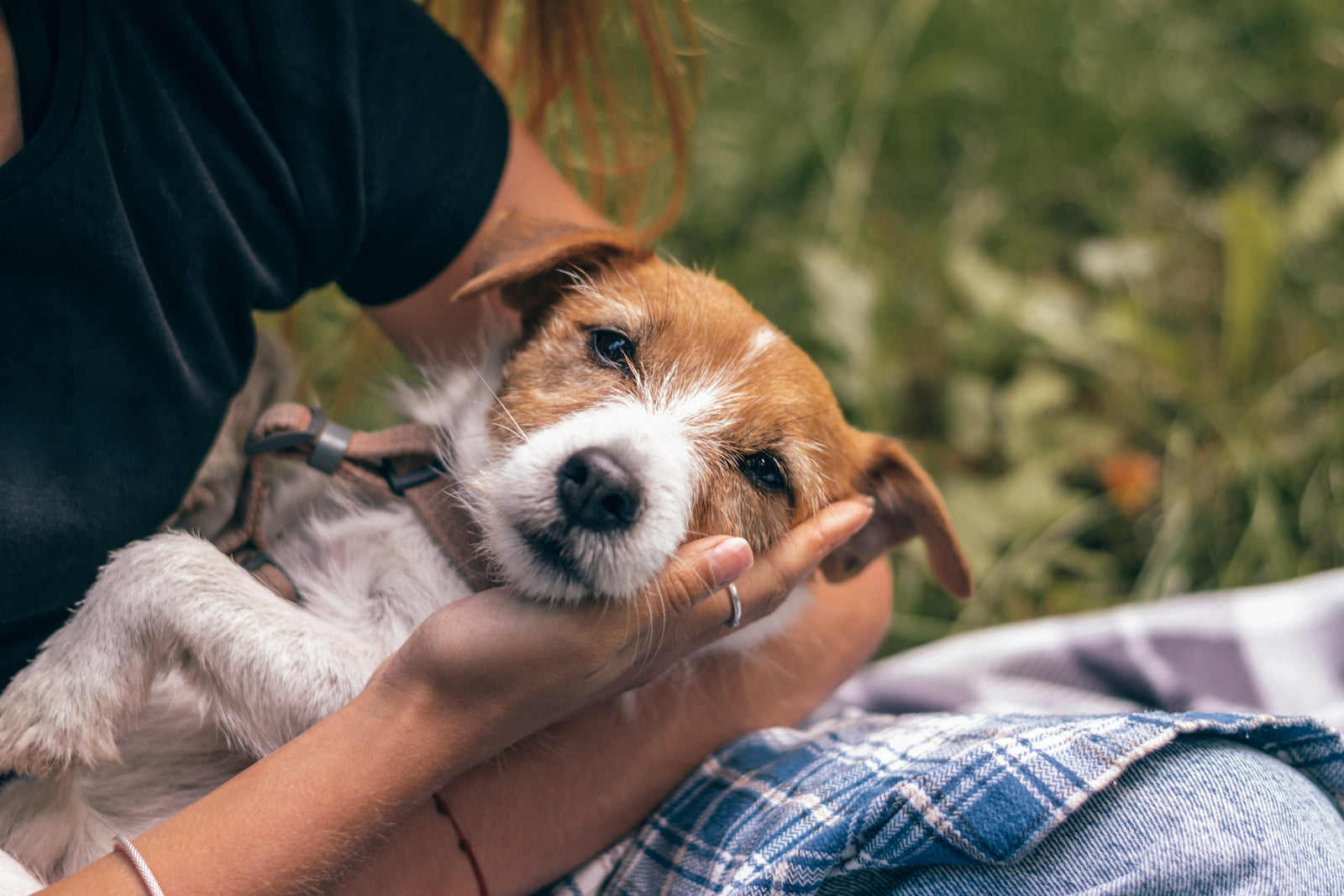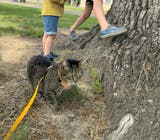Bella seemed to really like them. Easy for her to eat as she has had some teeth extracted.
Velcro fasteners were all eaten . Bootie's worked great for walking but won’t stay on. Fasteners must taste like leather
Once, upon a silent evening, while the shadows grew, deceiving,
Prowled a sleek and silent figure, by the kitchen’s ancient door.
Whiskers twitching, eyes wide gleaming, in the twilight softly dreaming,
Dreaming of the moonlight streaming on the world she knew before.
Once a stray, a hunter roving—lost no more, yet still exploring—
Dreaming of the wind’s wild roaring just beyond the kitchen floor.
Freedom’s call she can’t ignore.
In the corners, she is pacing, slender form the window facing,
Tracing flight of dancing leaves that drift beyond the garden’s shore.
Sunlight shifts and shadows scatter, every call a whispered chatter,
Yet she paces, claws that patter, longing, lurking, evermore.
Paws that scratch the door’s firm holding, amber eyes the daylight folding,
Hopes that press, a wish emboldened, memories of moon before—
Once she roamed and ran galore.
Gentle hands that soothe her sorrow, meals that fill each quiet morrow,
Warmth of hearth and whispered promise—safety’s touch she can’t ignore.
Yet the world beyond is calling, leaves in silver spirals falling,
Birds on whispered breezes stalling, freedom’s scent on forest floor.
Till one day, a voice so kindly, lifts a thread she takes so blindly,
Bright, a harness fitted finely, open fields she can explore—
Freedom’s gift she can’t ignore.
Grass beneath her steps is swaying, wings above her head are playing,
Every breeze a song delaying, each fresh scent a whispered lore.
Eyes like lanterns, wide and glowing, every scent and shadow knowing,
Every step her spirit showing—she is caged no longer more.
She returns when twilight’s falling, hearth aglow, and dinner calling,
Freedom’s touch and comfort’s sprawling, now her world is so much more—
Home within and skies before.




